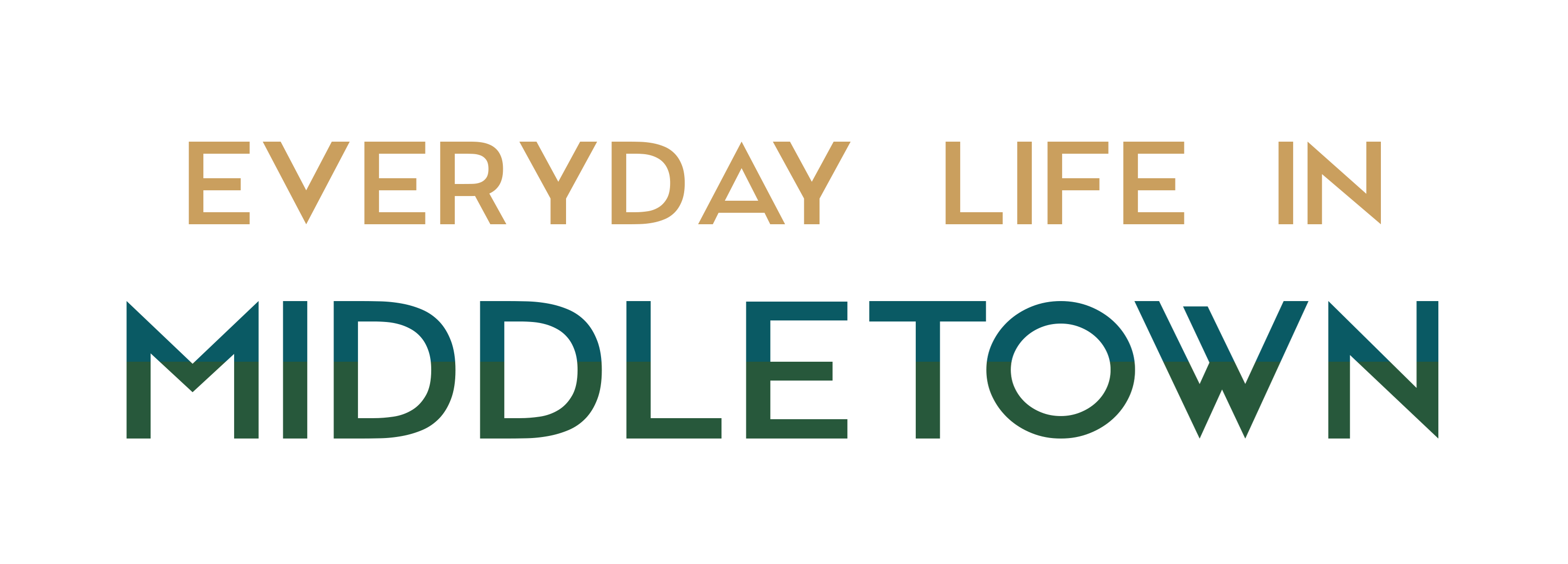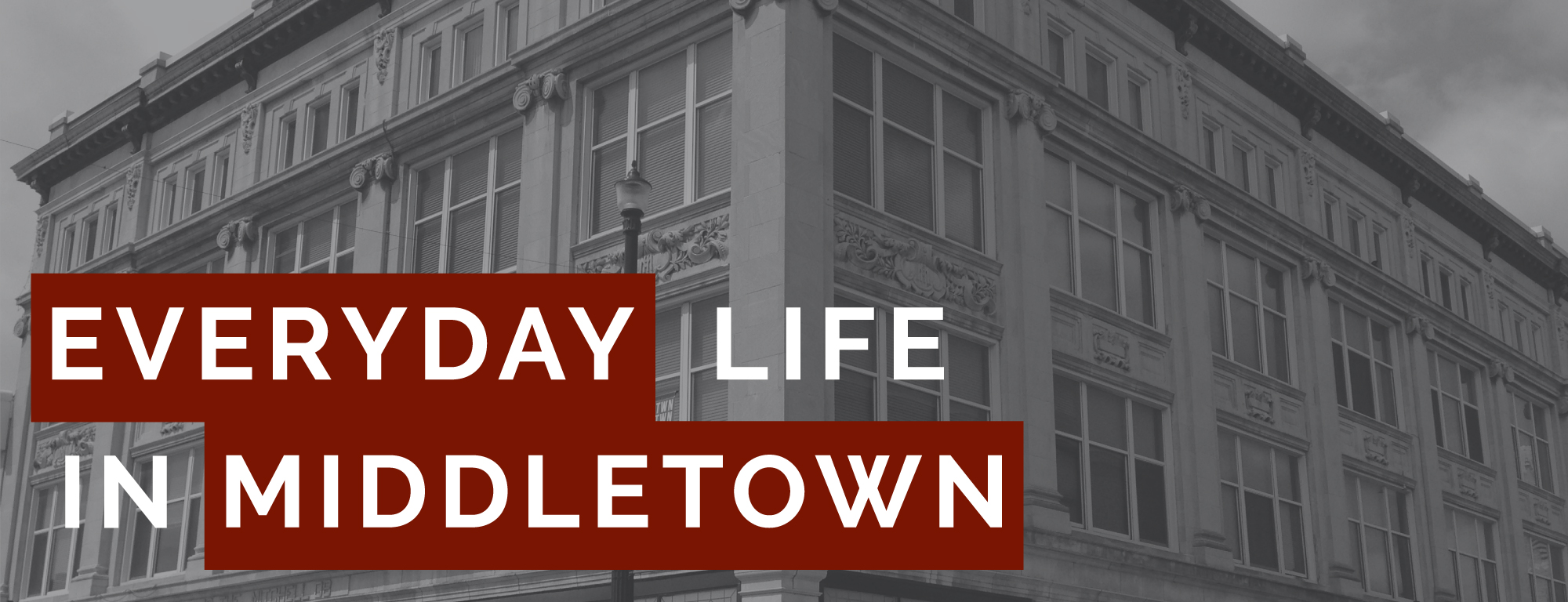
Think of the things you do almost every day, at the same times and in the same ways. Waking (to an alarm? A clock radio playing music? A tone you selected on your phone?). Bathing. Brushing your teeth. Preparing and eating breakfast. Dressing. Commuting (or, in these days, perhaps, setting yourself up at your computer in your living room, bedroom, garage)…
For most of us, the everyday is structured by routine and repetition. This concept is right there in the word: “everyday.” The everyday consists of the things that happen recurrently and predictably, with little variation.
Of course, continuity varies among individuals and is influenced by such matters as social class and privilege. One of the challenges of being unemployed is its loosening of daily structure. Unpredictability is more severe for those experiencing flareups of severe mental illness. Or consider people living in extreme poverty and chronic homelessness, where the thin thread of routine might be a relatively safe place to sleep for more than a few nights at a time.
Even for those of us with strong routines, the everyday is also the arena in which they our continuities are disrupted. Disruptions by definition are unpredictable—and we can experience them as either positive or negative. (A friend who walks in my neighborhood periodically texts to say she’ll be walking by in five or ten minutes; if I’m free, we sit at a social distance on the porch and talk.)
Disruption can disturb us, breaking up flows of work or other energy. Or it can create a desirable variation.
Disruption can also take on varied political effects. In seeking social change, we might seek to disrupt the routines of government or other institutions, and in so doing court disruption in our own lives—giving up work or leisure time and taking risks to demonstrate, write letters, organize.
Even in the sphere of ordinary life, disruption can open an avenue to change. Anthropologist Kathleen Stewart has written extensively about the way energy flows among and between people and social structures can create or reveal vectors of change. She describes the way temporary situations arise in everyday life, not from “fixed conditions of possibility but in actual lines of potential that a something coming together calls to mind and sets in motion.” Such moments in the everyday create “trajectories that forces might take….”
Life has felt disrupted of late for many of us, faced with the historic vectors marking our shared lives at this moment: a global pandemic, a reckoning over the nation’s structural racism, an acrimonious and high-stakes presidential election, and the threat of a lengthy economic downturn. Our daily lives, disrupted in the spring, are now settling unevenly into temporary, adapted routines. In the past two weeks, we wrote about the ways that politics is infusing everyday thoughts and emotions of the volunteer writers who kept day-diaries on September 24.
But while this set of diaries was distinctly marked by the disruptions of our historical moment, it also, just as powerfully, testifies to the deep continuities of everyday life. A thorough if non-scientific study of the September 24 diaries shows that the usual, powerful themes of day diaries persist. These include:
•The profound and constant influence of pets. Diarist A07 is woken to her dogs scratching, invites them into bed, calls them “the boys.” Diarist A32 reflects on “How important G. [her dog] is in my life—and how spoiled she is.” Even the micro-disruptions caused by pets are comforting: a kind of routine disruption, one that can be at times slightly annoying but whose overall emotional influence is comforting. Diarist G61’s cat wakes him by walking on his computer keyboard. Dog walking and pet feeding feeding are steady routines.
•The daily rituals of food preparation and eating. Food constitutes not only a routine activity but a subject of thought, planning, and self-evaluation. Diarist A32 is trying to lose weight and ritualistically eats a salad every day for lunch. Diarist H63 defiantly (in his mind) drinks Mountain Dew for breakfast and lunch, exclaiming, “Sorry, Doc!” Diarist D51 is in planning and preparation mode, cooking two crock-pot meals to stock up the freezer. Diarist G61 silently expresses thanks for “a full pantry.”
•Media consumption. Over the long run of the EDLM diaries, no subject is more pervasive than media consumption. For much of the last four years, and increasingly on the last few diary days, reports of media usage overlap with political opinion. Still, the hours we spend on media for work and pleasure, not inexplicitly political ways, persist in the Sept. 24th diaries. Diarist A01 has a strong drink and finds himself watching Arrested Development, “slightly sedated.” Diarist C46 tunes into kitten videos on Instagram. Diarist D51 scrolls on his phone in bed, “a bad habit.”
•Deliberate rituals. The September 24th dairies seem to display an unusual attention to the conscious establishment and maintenance of rituals and other routines—likely the result of the high level of disruption we are living with. Rituals are ways that we assert control over everyday time. Diarist A07 starts the day with coffee in bed with her husband—“a new ritual since Covid, every day.” Diarist A32 starts “each day with a prayer before anything else.” Diarist C46 has ritualized her work to sustain productivity: “four Pomodoro timers of research work, 2 hours including breaks.” Diarist G58’s everyday life is a tapestry of ordinary activities interwoven with religious rituals (prayer, devotions, reciting the titles of the books of the Bible, meditation).
Such continuities are both creating comfort amidst disruption and wearing thin. Pets are sometimes annoying; home food preparation, day after day, becomes a slog; the casual rituals of meeting via Zoom have become ripe for parody.
Will the improvised and adapted routines of the Pandemic era harden into permanent practices—elements of the much-awaited “new normal”? We shall see.

